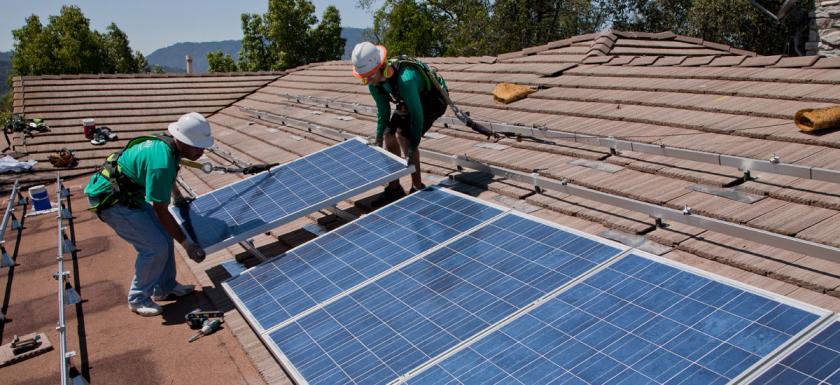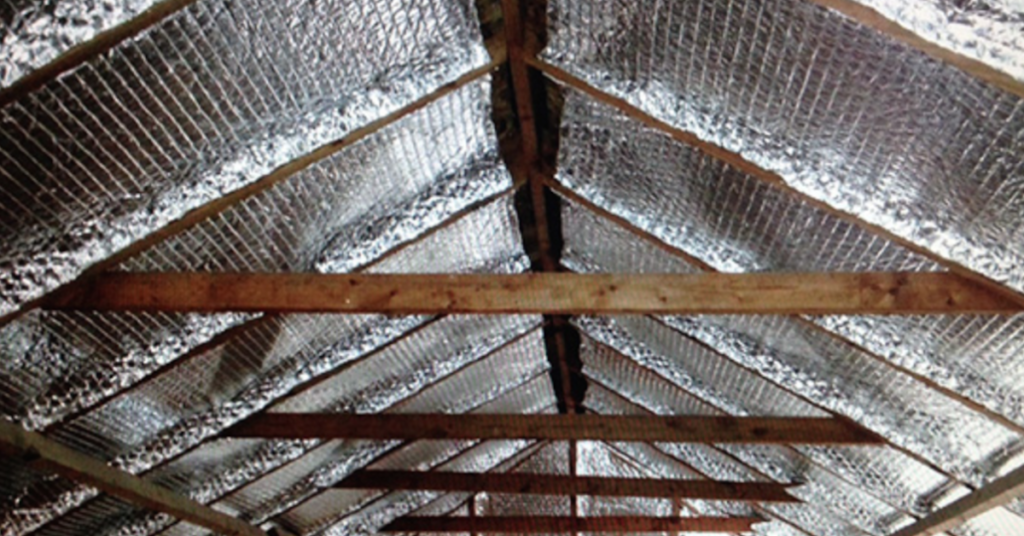
Chances are you have used a radiant barrier. If you haven’t used one you have certainly seen them in use. That windshield heat blocker that looks like aluminum foil wrapped bubble wrap you see in almost any parking lot? Radiant Barrier. Most who have used them can attest to the difference it can make in keeping your car cool in the summer.
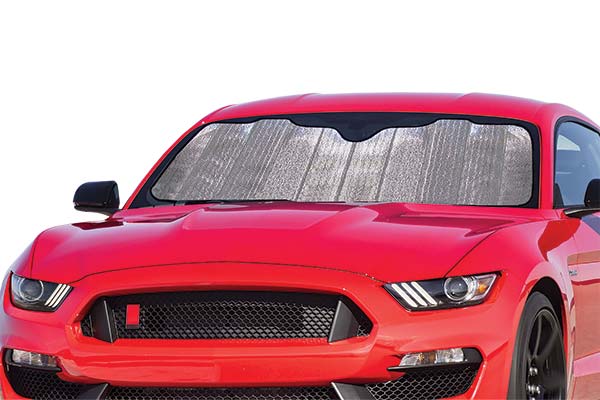
Unlike traditional “mass” (fiberglass batts and cellulose blow-in) insulation solutions radiant barriers REFLECT heat. This process can be used to help to more effectively keep heat out of your house in the summer and inside it in the colder months. When tightening the envelope of a building or structure we must consider conductive heat, convective heat, and radiating heat.
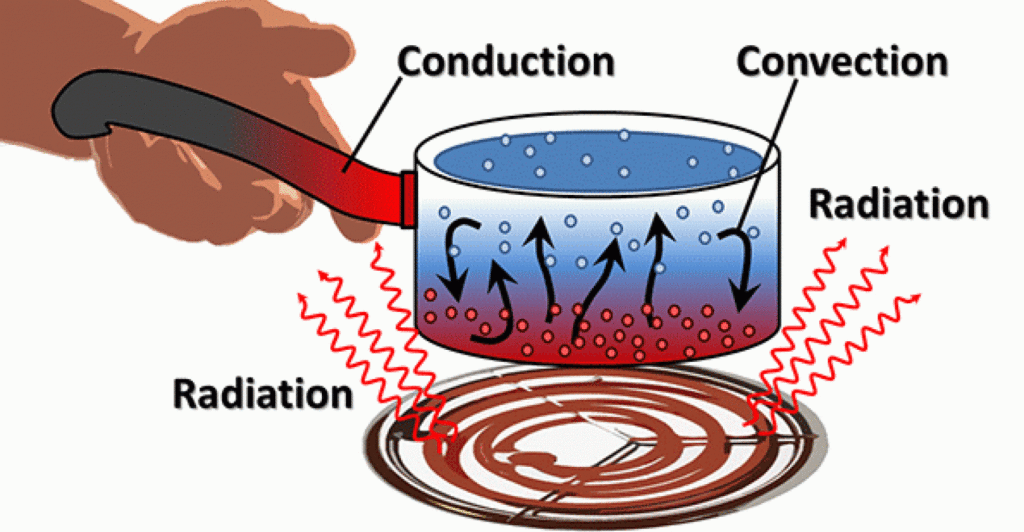
Conductive heat is the transfer of heat from one solid in contact with another. Convective heat is the movement of heat through the air. Radiation is the movement of heat through electromagnetic waves from one object to another (cooler) object. Traditional insulation is ineffective against radiating heat.
One way to think of traditional insulation and how it works in your walls and attic is as a sponge beneath a dripping faucet. The sponge will absorb the drops easily at first until the storage capacity of the sponge is met. Traditional insulation, like the sponge, absorbs the heat energy from the air in your attic until it becomes the same temperature as the air in the attic. At that point the storage capacity of the insulation has been reached. The heat energy (like the water dripping on the sponge, will now pass through and is no longer effective at absorbing any more.
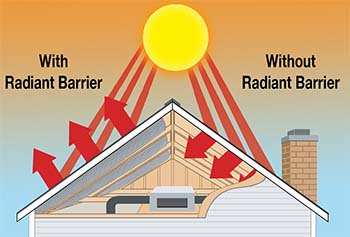
Radiant barrier reflects heat and slows the flow of heat energy into (or out of) the structure. This not only reduces the demand on your heating / cooling system but makes the traditional insulation more effective by slowing the heating process and thereby lengthening the time prior to reaching it’s storage capacity.
Modern radiant barriers, when properly installed, can reflect up to 97% of radiant energy back out of a house. Depending how well insulated your home is, and your family’s energy usage habits, overall savings of up to 17% on energy expenses can be achieved by installing a radiant barrier in your attic. This and the relatively low cost of radiant barrier means the return on a radiant barrier investment can be quick and the savings from the investment will continue for many years without maintenance or upkeep.
For more information on radiant barriers and other energy efficiency products and methods call us today for a 100% free, no obligation, consultation.

